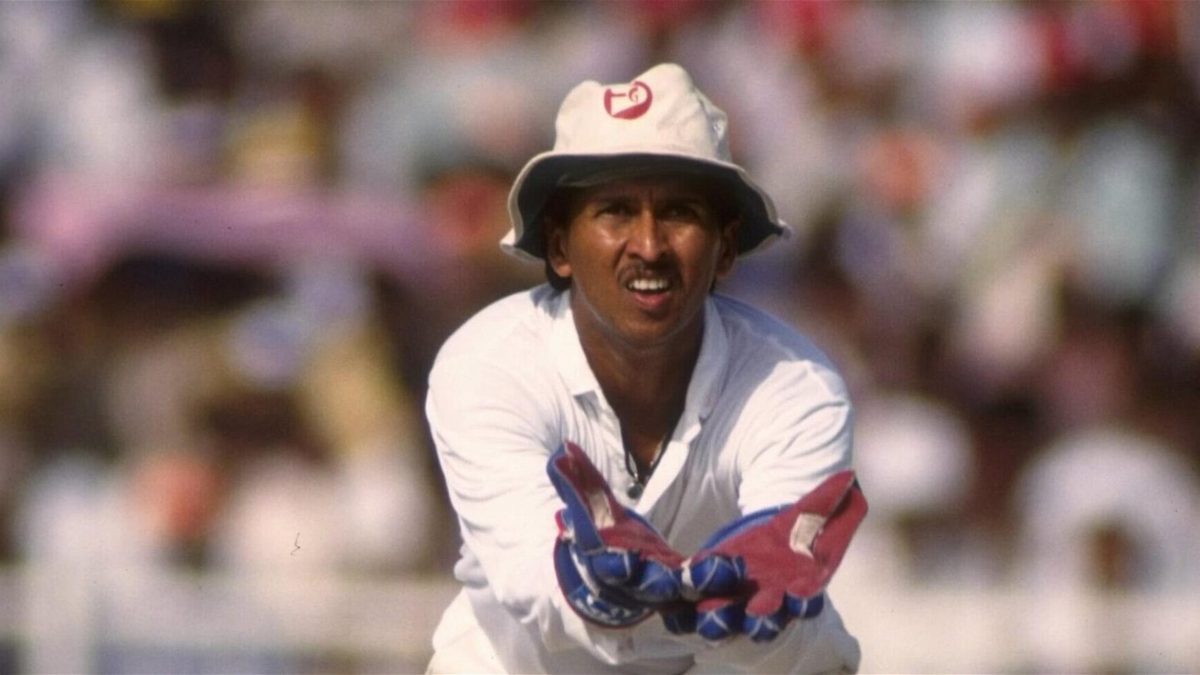
Speaking on Wisden’s The Greatest Rivalry podcast, former India wicketkeeper Kiran More explained why batting was so tough when his side toured Pakistan in 1989/90.
All four Tests were drawn and More played what he felt was one of his grittiest Test innings in the first game at Karachi. His unbeaten 58 helped India recover from 85-6 in response to Pakistan’s 409, and although they didn’t get close to that total, they avoided the follow-on, eventually securing safety easily.
“The Pakistan team had always prepared, and in that tour especially, to keep the grass on the pitch,” he said. “I think Karachi also had grass, and I played a very crucial knock for the team because we drew that Test match. I batted for long against Wasim and all those fast bowlers, Imran and everyone.”
The series featured the debuts of Sachin Tendulkar and Waqar Younis, while Imran Khan and Wasim Akram also featured. More also said that intentional scuffing of the ball by both sides, although technically forbidden by the laws of the game, was openly accepted. “In those days, scratching the ball was allowed, so you used to get reverse swing, big time. It was like, nobody used to complain from both sides. Everybody used to scratch the ball and reverse swing the ball. It was difficult to bat, it was not easy to bat. Even Manoj Prabhakar learned on that team how to scratch that ball and reverse swing that ball and Pakistan found it challenging.”
Umpire John Holder told the Mumbai Mirror in 2018 that he tried to broach the subject with the two captains during the series, but to no avail.
“A wicket would fall – and in those days the umpires didn’t necessarily get hold of the ball after every over – and the players would just stand there scratching it. And it got to a point where despite what we had to say on the field, we had to get the two captains and the two managers together. We said this is illegal.”
He says he was hampered by a lack of available punishments. “The problem was we were powerless, because there were no sanctions we could apply. Later there was a rewrite of the laws and they decided to bring penalty runs in for ball-tampering. And then they decided you could ban the bowler from bowling for the rest of the innings.”








